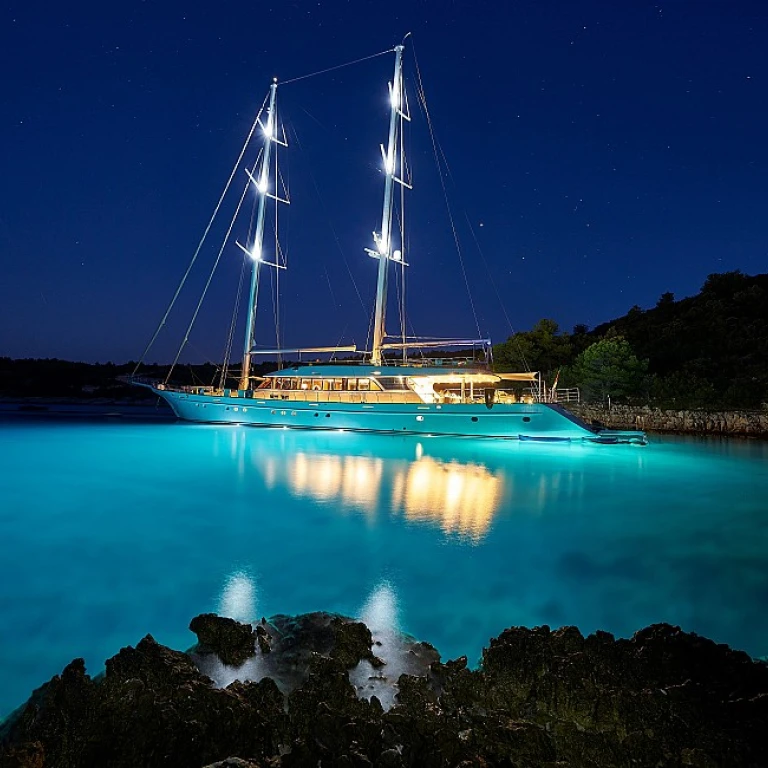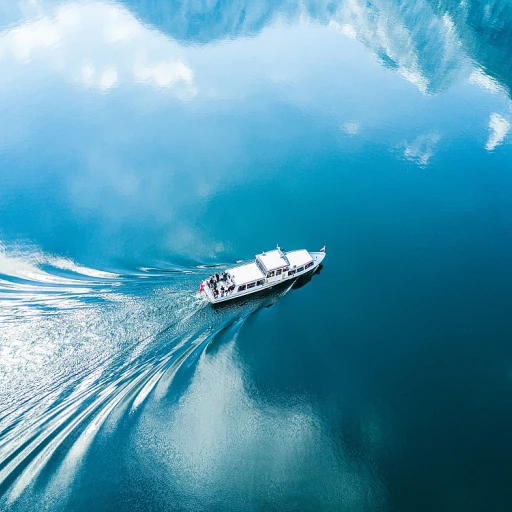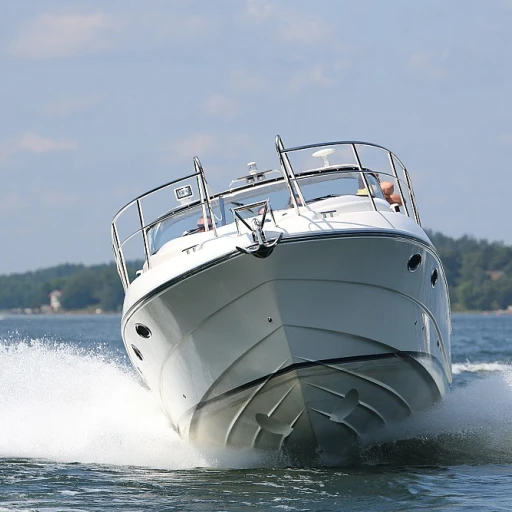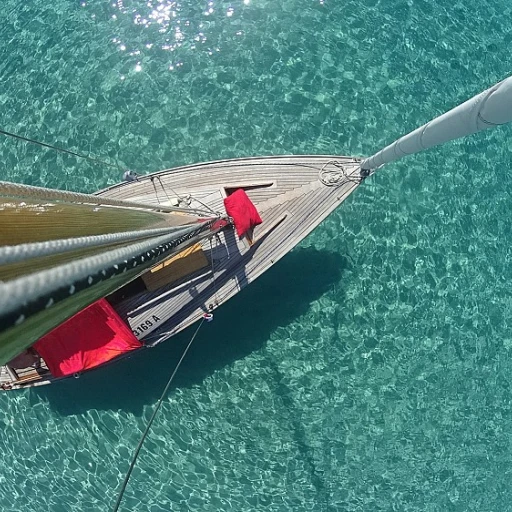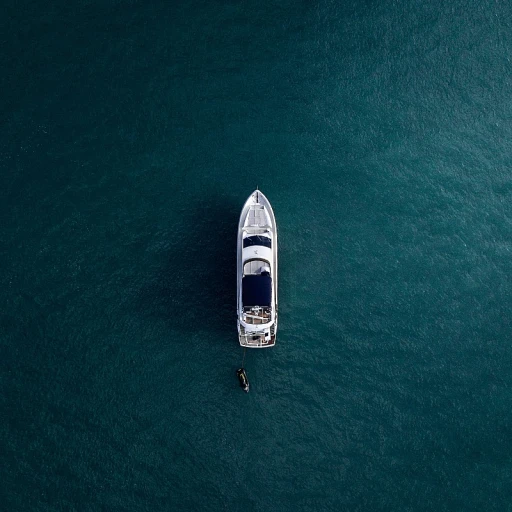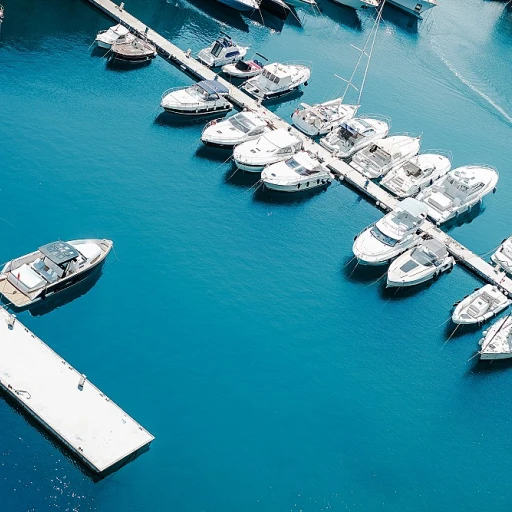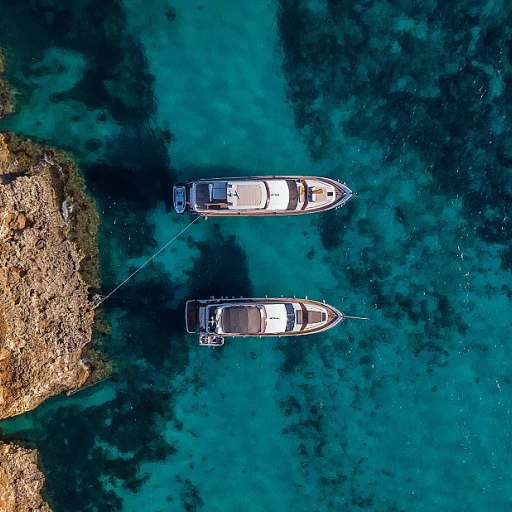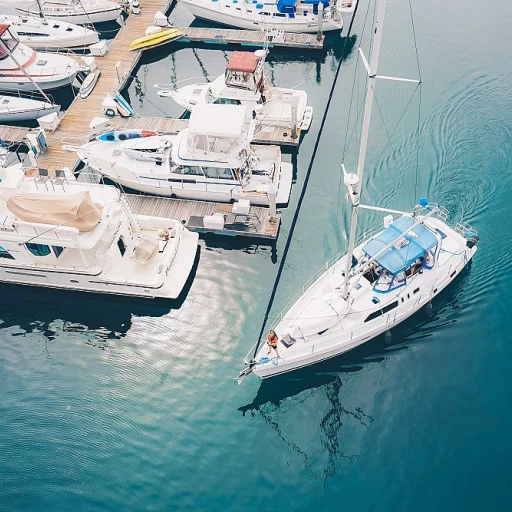The Evolution of Sustainable Yachting
Growing Interest in Eco-Friendly Sailing
The yachting world is witnessing a significant shift toward eco-friendly alternatives, driven by an increasing awareness of environmental sustainability. This transformation is evident across various sailboat models, from the Beneteau Oceanis and Bavaria Cruiser to the Jeanneau Sun Odyssey and Catalina sailboats. As marine enthusiasts yearn for greener solutions, industry innovators like Beneteau are stepping up to meet this demand with groundbreaking technologies like solar panels. Incorporating solar technology into yacht design not only enhances energy efficiency but also aligns with the global trend of adopting renewable energy solutions. The solar arch, introduced in the Beneteau Oceanis 46, exemplifies this innovation. While the allure of traditional yachts such as Hallberg Rassy and Cape Dory remains strong, many sailors are choosing vessels equipped with solar technology for a more sustainable journey. This evolution towards sustainability is not limited to the technological aspects of yachting. It also extends to lifestyle choices, including yacht cuisine. A notable rise in popularity is seen in vegan yachts, which focus on plant-based cuisine, supporting a lifestyle that minimizes the ecological footprint of luxury sailing. To explore more about this trend, check out the rise of vegan yachts. The journey to a more sustainable yachting future involves not only the adoption of new technology but also a shift in the mindset of sailing enthusiasts. As these eco-friendly practices become more prevalent, they are setting a course for a greener and more innovative yachting industry.Design and Functionality of the Solar Arch
Innovative Design Elements of the Solar Arch
The Beneteau Oceanis 46 has taken a significant leap forward in sustainable yachting with its cutting-edge solar arch. This feature is not just a technological marvel but a testament to the evolving demands of modern sailors who prioritize eco-friendliness without compromising on luxury. The solar arch seamlessly integrates with the yacht's overall design, enhancing both aesthetics and functionality.
Constructed primarily from stainless steel, the arch provides a robust structure that supports the solar panels, while also serving as a stylish addition to the yacht's silhouette. This design choice ensures durability and resistance against the harsh marine environment. The arch is strategically positioned over the cockpit, offering shade and protection, similar to a bimini, while maximizing solar exposure for optimal energy capture.
Unlike traditional yachts, where the aesthetic appeal often takes precedence, the Beneteau Oceanis balances form and function. The solar arch is not merely an add-on but an integral part of the yacht's hull design, contributing to the overall sleek appearance. The incorporation of solar panels into the arch reflects a growing trend towards sustainable sailing solutions that do not detract from the vessel's elegance.
Moreover, the arch's placement and configuration are meticulously planned to avoid interference with the yacht's sailing performance. It maintains the oceanis length and length beam proportions, ensuring stability and maneuverability. This thoughtful integration exemplifies how custom design elements can enhance the sailing experience while promoting environmental responsibility.
Incorporating solar technology into the yacht's design is not without its challenges, as discussed in later sections. However, the success of the Beneteau Oceanis 46's solar arch demonstrates the potential for innovative solutions in the industry, paving the way for future advancements in renewable energy applications on the high seas.
Impact on Energy Efficiency
Maximizing Energy Output Through Innovative Design
The Solar Arch on the Beneteau Oceanis 46 is a testament to the evolving focus on energy efficiency within the yachting industry. This sleek addition not only complements the boat's aesthetic appeal but also plays a pivotal role in reducing its ecological footprint. As the design seamlessly integrates with the overall structure of the yacht, it bridges the gap between functionality and sustainability.
Built primarily from stainless steel, the Solar Arch is strategically positioned to harness solar energy without detracting from the cockpit space. The integration of high-efficiency solar panels on the arch enables the yacht to generate a significant amount of its own power, decreasing the reliance on traditional energy sources. This is part of the broader movement within the industry, aligning with the philosophy of eco-friendly yachts that focus on minimizing environmental impact.
Furthermore, the placement of the Solar Arch towards the aft of the yacht ensures that the panels receive optimal sunlight exposure throughout the day. This careful consideration of length beam and hull dynamics reflects a growing trend where yacht manufacturers like Beneteau and other leading brands, such as Bavaria Cruiser and Jeanneau Sun, are committed to engineering solutions that enhance sailing efficiency.
Incorporating such custom and special features not only enhances the yacht’s autonomy but also sets a benchmark in modern yacht design, inspiring both hunters of energy conservation and admirers of oceanis beneteau style.
Technological Innovations in the Yacht Industry
Innovative Technologies Transforming Sailing Vessels
Yacht enthusiasts, like those passionate about the Beneteau Oceanis, are witnessing a remarkable shift in the design and functionality of sailboats, that takes into consideration advanced technologies. Among these advancements, the implementation of solar technologies reflects a broader evolution towards sustainable maritime solutions.- Solar Panel Integration: Incorporating solar panels onto sleek structures like the bespoke arch of the Oceanis is revolutionizing how energy needs are met onboard. The strategic placement on the arch not only optimizes sun exposure but also complements the yacht's aesthetic and functional design.
- Advanced Materials: Modern yachts like the Beneteau, Jeanneau Sun Odyssey, and Bavaria Cruiser are constructed with cutting-edge materials such as stainless steel and lightweight composites. These materials enhance the durability of solar installations and contribute to improved energy efficiency and longer-lasting usage.
- Smart Technology Synergy: Today's sailing vessels, from the Oceanis to the Hallberg Rassy, benefit immensely from the convergence of smart technologies. The integration of solar energy systems with advanced navigation, communication, and energy management solutions allows for simplified operations and improved performance in various maritime conditions.
Challenges and Opportunities in Implementing Solar Technology
Challenges and Opportunities of Solar Technology in Yachting
Implementing solar technology in the yachting industry presents a blend of challenges and opportunities. As yacht builders like Beneteau and Jeanneau increasingly incorporate solar solutions into their designs, the industry is at a pivotal juncture. The integration of solar panels, such as those custom-fitted on the Oceanis series, offers significant advantages. However, it also confronts practical hurdles.
One major challenge is the installation and integration of solar panels on yachts with varied layouts and lengths, such as the Bavaria Cruiser and the Jeanneau Sun Odyssey. Each vessel has unique spatial constraints, especially when considering designs with center cockpits or special features like the stainless steel arch often seen on the Beneteau Oceanis. Designing sails and ail structures that accommodate solar panels without compromising performance is a complex task.
Another hurdle is the initial cost of integrating solar technology. Yachts like the Hallberg Rassy or Fountaine Pajot may require a significant investment to equip them with solar technology while ensuring they maintain their aesthetic appeal and functionality. Concerns around durability, particularly in harsh marine environments, necessitate using high-quality materials and designs that anticipate the rigors of sea life.
Despite these challenges, the opportunities are vast. The incorporation of solar technology opens up impressive energy efficiency benefits. Solar-powered yachts can reduce fossil fuel dependence and operational costs, making voyages around Morgan Island or along the coast with a Bavaria Vision 42 more environmentally conscious and cost-effective.
The industry also sees potential in evolving market demands. As eco-consciousness grows among yacht enthusiasts and boat hunters, the demand for sustainable options such as solar-powered yachts, like the perla alba model, continues to rise. This trend suggests a promising market shift, encouraging manufacturers to innovate further and address the current technological and economic challenges.

